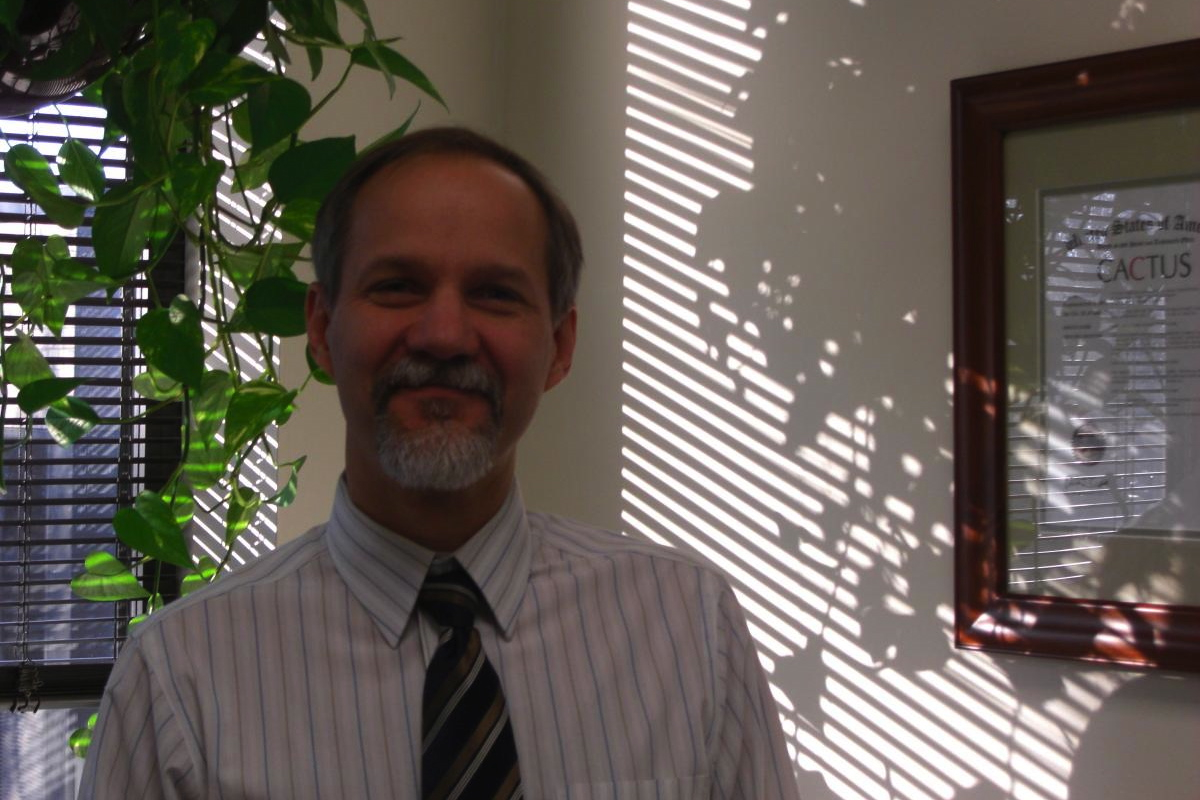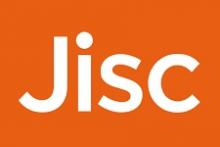Geographic trends in attitudes to open access

Donald Samulack presents some highlights from a report on the different approaches to the biggest change in research availability in decades
We have been monitoring author perspectives on academic publishing since 2013, when we first conducted a global survey looking at the challenges East Asian authors face in trying to get published in international English-language journals, versus the perceptions of journal editors regarding East Asian manuscript submissions. In this study, we identified gaps in how authors self-report their needs and understandings of publishing processes, versus how editors of journals perceive the authors’ understanding of publishing processes, based upon the manuscript submissions they receive.
In October 2018, we released the results of a much larger landmark study about author perspectives. The Author Perspectives on Academic Publishing; Global Survey Report 2018 looked at responses from almost 7,000 respondents (85% self-identifying as authors) from over 100 countries. This study showed that authors with low English proficiency found manuscript preparation substantially more challenging and frustrating than others, and particularly were highly challenged with respect to framing the research question and selecting a journal for publication. Most survey respondents expressed unhappiness with the long turnaround times of journals and believed that a manuscript should ideally take less than six months to be published, from the time of submission.
This latter report then led to a sister report, released in December, Geographic Trends in Attitudes to Open Access, where a closer assessment was taken of the findings from the Editage Global Survey Report – specifically looking into what researchers from different geographies think about open access (OA) publishing.
The report on author attitudes to OA showcased the views of authors from the seven most represented countries in the Editage Global Survey Report: Brazil (B), China (C), India (I), Japan (J), South Korea (SK), the United Kingdom (UK), and the United States (US), and provided insights on: geographic differences in the level of OA awareness, country-specific trends in researchers’ stated reasons for choosing or refraining from OA journals, and specific perspectives of Chinese researchers toward the OA publishing model.
In the OA report, when asked whether authors had ever published in an OA journal, the majority of researchers from each country responded affirmatively (B, 68% of 1,133 respondents; I, 57% of 213; J, 59% of 708; UK 60% of 111; US, 51% of 419), except for China (34% of 2,085) and South Korea (44% of 409; roughly equal, yes verses no). Overall, across all survey respondents, with Yes at 45% and No at 35%, OA advocates may feel comfortable that the pendulum is swinging in the right direction. However, there are some striking differences in the geographic profiles of whether or not an author chooses to publish in an OA journal, with an overall 9% of responding authors indicating that they don’t know what OA publishing is.
For example, in response to why respondents chose to publish in an OA journal, more than 60% of authors in almost all geographic areas responded “I wanted my paper to be read by a larger audience” (B, 60% of 766; C, 69% of 710; I, 64% of 121; J, 64% of 415; UK, 63% of 67; US, 60% of 215), however in South Korea, only 37% of 181 authors responded in such a manner, and instead, 71% of 181 authors indicated that “I chose the journal that was the best fit for my paper and it happened to be OA”. This was in striking contrast to authors in the UK, for which the “best fit being OA” response was only indicated by 31% of 67 authors. Notably, when authors in the UK who had “never” published in an OA journal were asked why, 65% (of 34) said “I chose the journal that was the best fit for my paper and it happened to be a subscription journal”.
So, while authors in the UK who have published in an OA journal acknowledged that they preferred the OA model of publishing (54% of 67), and that they wanted the paper to be read by a larger audience (63% of 67), if UK authors had “not” published in an OA journal the reasons for doing so were that they could not afford the article processing charges (56% of 34), or the journal of best fit for their paper happened to be a subscription journal (65% of 34). Notably, in the group of UK respondents that had never published in an OA journal, none of them indicated that they didn’t understand OA publishing.
This latter point was very telling. Of the UK respondents, the message of why to publish in an OA journal was understood, yet one-third of the UK respondents (34 of 101) seemed to choose not to publish in an OA journal, or felt shut out because of the cost of article processing charges; other reasons given were that they doubted the quality of OA journals (9%), or they didn’t see any/adequate benefits of OA publishing (12%).
Also striking, was the difference in reporting that the author’s institute or funding body mandated OA publishing. In the UK, 37% of 67 reporting authors who had published in an OA journal indicated the mandate, while in no other country was this mandate reported in greater proportion than 7% (B, 2% of 766; C, 7% of 710; I, 4% of 121; J, 4% of 415; SK, 1% of 181; US, 7% of 215).
While the number of respondents from the UK answering the survey questions as to whether or not they have published in an OA journal and why (or why not) represented a relatively small sample size, this was not the case for the number of survey respondents from Asian countries. So, while one might think that the message of OA is received loud and clear in the UK, as part of the overall European Union push toward OA, and that an author simply opts in, or they don’t, the survey shows that the OA message is not being received equally, or in similar tone, in other countries.
While a reasonable proportion of authors who had published in an OA journal indicated that they prefer the open access model of publishing (B, 44% of 766; C, 52% of 710; I, 30% of 121; J, 32% of 415; UK, 54% of 67; US, 43% of 215), the same was not true for South Korea, where only 6% of 161 authors indicated that they prefer an OA model of publishing.
When authors who had not published in an OA journal were asked why not, about 10% of authors in countries other than the UK responded that they don’t understand the OA publishing model (B, 10% of 293; I, 6% of 76; SK, 11% of 176; US, 10% of 181). Notably, in Japan this proportion of authors was 22% (of 260) and strikingly, in China 32% of 967 authors who had not published in an OA journal indicated that they do not understand the OA publishing model.
In India, the principal reason offered for why the author had not published in an OA journal was that they could not afford the article processing charges (69% of 76). Interestingly, as noted above, the second highest proportion of responses indicating an inability to afford the article processing charges was from the UK (56% of 34).
When you compare the gap between the understanding of OA publishing by authors in the UK who had not published in an OA journal (0% don’t understand OA publishing; 9% doubt the quality of OA journals; 12% don’t see any/adequate benefits of OA publishing) to those in China (32%, 28%, and 18%, respectively), the low level of both awareness and understanding of OA in China is perhaps a little surprising, given that China is now the largest producer of research papers globally, and major Chinese agencies have been promoting various forms of OA for the past several years.
Additionally, with China indicating support for Plan S at the recent Open Access 2020 conference in Berlin, it is clear that a lot more work is required to educate Chinese researchers as to the potential value that publishing in OA journals may offer them, in balance to an academic evaluation system that traditionally has emphasised the quantity of publications in high-impact journals (up until now – although changing – typically subscription-based journals).
Therefore, while governments, funding bodies, and research institutes are increasingly adopting OA policies and setting up OA mandates – the development of these policies and mandates primarily based on the underpinning principle that publicly-funded research should be universally accessible – whether these policies are implemented effectively may depend, in large measure, on how well those establishing them understand research-specific factors, such as attitudes toward OA and awareness of OA benefits.
Regional patterns, such as those presented in this report, can provide guidance for where efforts need to be placed to strengthen OA strategies. For example, if the overall understanding of the OA publishing model among researchers in a country is weak, adequate training and educational resources on OA should be provided, especially to early-career researchers.
- A full version of the report is available at www.editage.com
Donald Samulack is president of US operations at Editage, a division of Cactus Communications










